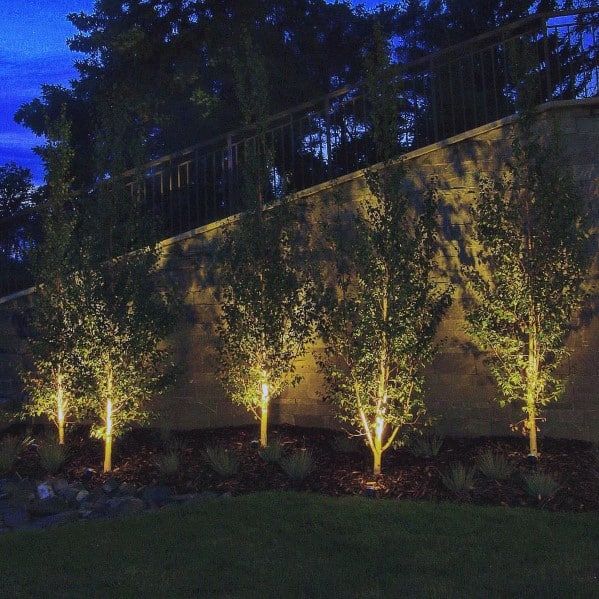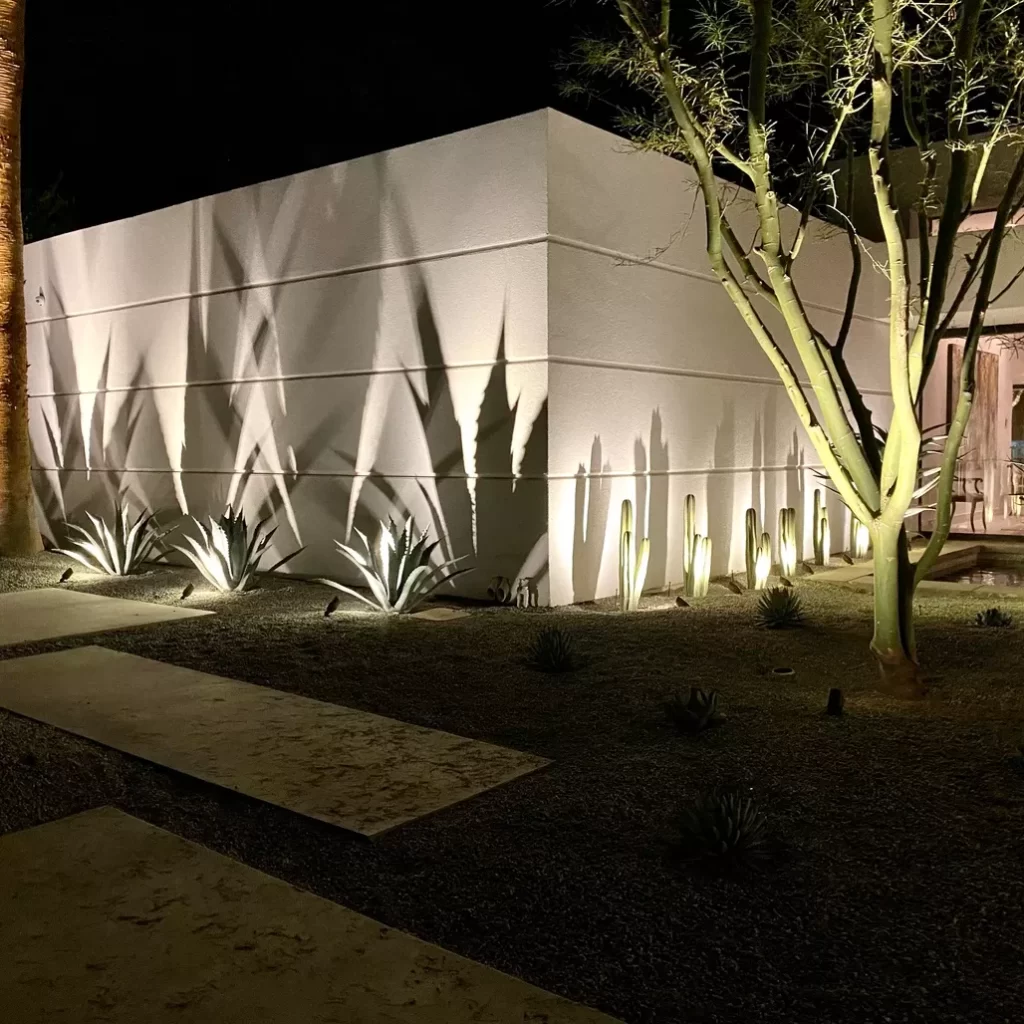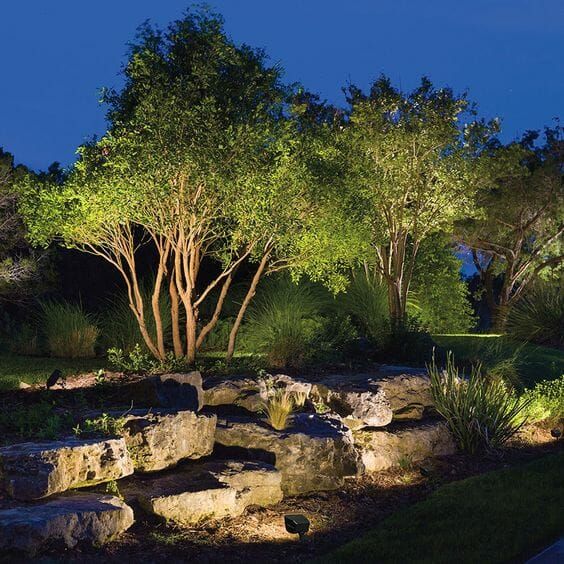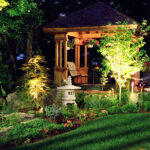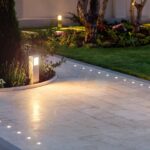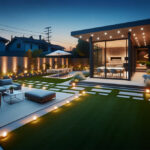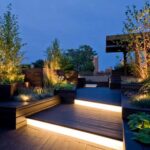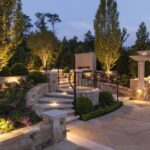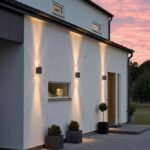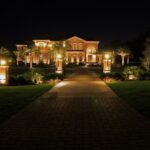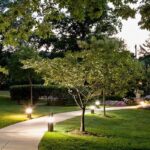Landscape lighting design plays a crucial role in enhancing the beauty and functionality of outdoor spaces. Properly designed lighting can transform a dull and dark landscape into a stunning, inviting, and safe environment. From highlighting architectural features to creating a warm and welcoming ambiance, landscape lighting adds depth, dimension, and character to outdoor spaces.
One of the key elements of landscape lighting design is selecting the right fixtures. Different fixtures, such as path lights, spotlights, floodlights, and well lights, serve different purposes and can be used to illuminate different areas of a landscape. It is important to choose fixtures that are not only aesthetically pleasing but also durable and energy-efficient. LED fixtures are a popular choice for landscape lighting as they are long-lasting, energy-efficient, and provide a bright, warm light.
Another important aspect of landscape lighting design is the placement of fixtures. Strategic placement of fixtures can help create focal points, draw attention to architectural elements, and define outdoor living spaces. Path lights can be used to guide visitors safely through a garden or along a walkway, while spotlights can be used to highlight trees, shrubs, and other landscape features. By carefully considering the placement of fixtures, designers can effectively enhance the overall aesthetics of a landscape.
Lighting control is also an essential consideration in landscape lighting design. By using timers, dimmers, and motion sensors, homeowners can control when and how their outdoor lighting is used. This not only helps to save energy but also enhances security and safety by ensuring that outdoor spaces are well-lit when needed. In addition, lighting control allows for flexibility in creating different lighting effects and moods in outdoor spaces.
Color temperature is another important factor to consider in landscape lighting design. The color temperature of a light source can greatly impact the overall feel and ambiance of outdoor spaces. Warm white light (around 2700-3000 kelvin) is often preferred for creating a cozy and inviting atmosphere, while cool white light (around 4000 kelvin) is better suited for highlighting architectural features and creating a more contemporary look.
In conclusion, landscape lighting design is a key element in creating a beautiful and functional outdoor space. By carefully selecting fixtures, strategically placing them, controlling lighting, and considering color temperature, homeowners can enhance the beauty and usability of their landscapes. Whether it’s creating a warm and inviting ambiance for outdoor gatherings or increasing safety and security, landscape lighting design can transform any outdoor space into a stunning and welcoming environment.
